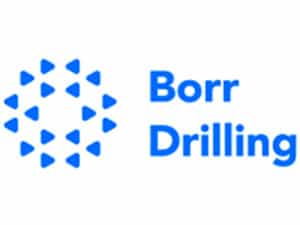
MHI reinvents the Moss-type LNG tanker
Written by Japan’s Mitsubishi Heavy Industries, Ltd. (MHI) has completed development of a new-generation liquefied natural gas (LNG) carrier marking an evolutionary advance from Moss-type LNG carriers. The new vessel-type dubbed “EXTREM” features a peapod-shaped continuous cover for the Moss spherical tanks that is integrated with the ship’s hull, rather than the conventional hemispherical cover.
Japan’s Mitsubishi Heavy Industries, Ltd. (MHI) has completed development of a new-generation liquefied natural gas (LNG) carrier marking an evolutionary advance from Moss-type LNG carriers. The new vessel-type dubbed “EXTREM” features a peapod-shaped continuous cover for the Moss spherical tanks that is integrated with the ship’s hull, rather than the conventional hemispherical cover.

MHI says the new configuration enables greater structural efficiency and size and weight reductions, resulting not only in improvements in fuel consumption and operating economy but also in enhancements in terms of compatibility with LNG terminals and maintainability.
MHI looks for the EXTREM to become a strategic product that will lead the LNG carrier market. The company is now targeting early order receipts.
In conventional Moss-type LNG carriers, the upper half of the spherical storage tanks above the ship’s deck is covered by a semispherical dome and the lower half under the deck is supported by a cylindrical skirt structure. By contrast, the EXTREM employs a continuous cover integrated with the ship’s hull to house all storage tanks entirely, enabling the cover to be used as hull reinforced material for overall strength. In the conventional method, pipes, wires and catwalks atop the tanks were supported by complex structures. By covering the tanks with the integrated cover and making those supporting structures unnecessary, the new design improves maintainability.
The continuous cover over the tanks improves aerodynamics by substantially reducing wind pressure which serves as a drag on ship propulsion. Improved aerodynamics contributes to reduced fuel consumption during navigation. At the same time the continuous cover minimizes exposure of support structures and equipments, and it also facilitates reinforcement of overall strength to be effective in resisting ice impact load, thus making the system also suitable for LNG transportation in frigid or icy-water regions.
The new-generation LNG carrier for which MHI has completed basic design, is 288 m in length overall, 49.0 m in width, 26.0 m in depth and 11.5 m in draft. The ship has cargo tank total capacity of 155,000 cu.m using four Moss-type tanks. The ship is projected to respond to anticipated growth in demand for ships in the New Panamax category.
Compared with conventional Moss-type LNG carriers of the same size, the EXTREM has the capacity to transport 8,000 cu.m more LNG by employing stretched Moss tanks and its steel hull structure is about 5 percent lighter in weight.
The depth of the ship has also been reduced by 1 m, enabling better compatibility with major terminals in Japan and other countries in relation to cargo manifold and gangway landing arrangement.
For its main power plant, the EXTREM adopts MHI’s “Ultra Steam Turbine Plant” (UST), a new turbine plant that achieves higher thermal efficiency through effective use of thermal energy by reheating steam. Together with downsizing, weight reduction and hull lines improvement, the new ship achieves a substantial 20% reduction in fuel consumption compared to conventional ships.
Advocates of Moss-type LNG carriers point to their advantages in terms of high-reliability tank structure and strength against possible liquid sloshing inside the tank, features enabling the vessel to achieve swift departure from the pier in case of emergency and permitting safe voyages through rough waters. The EXTREM combines these advantages of Moss-type carriers with energy-saving, environmentally friendly features and higher LNG cargo transport capacity. MHI thus looks to its new-generation LNG carrier as a sure leader in tomorrow’s shipping industry, and the company aims to conduct its marketing activities aggressively.
July 13, 2011

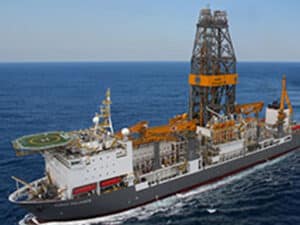
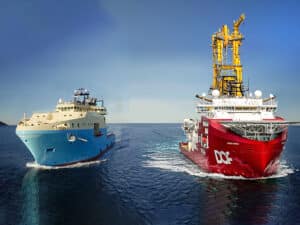
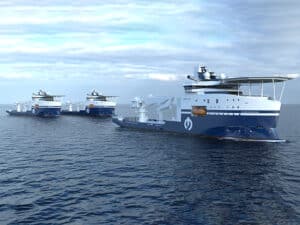
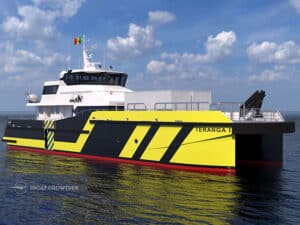
Leave a Reply
You must be logged in to post a comment.